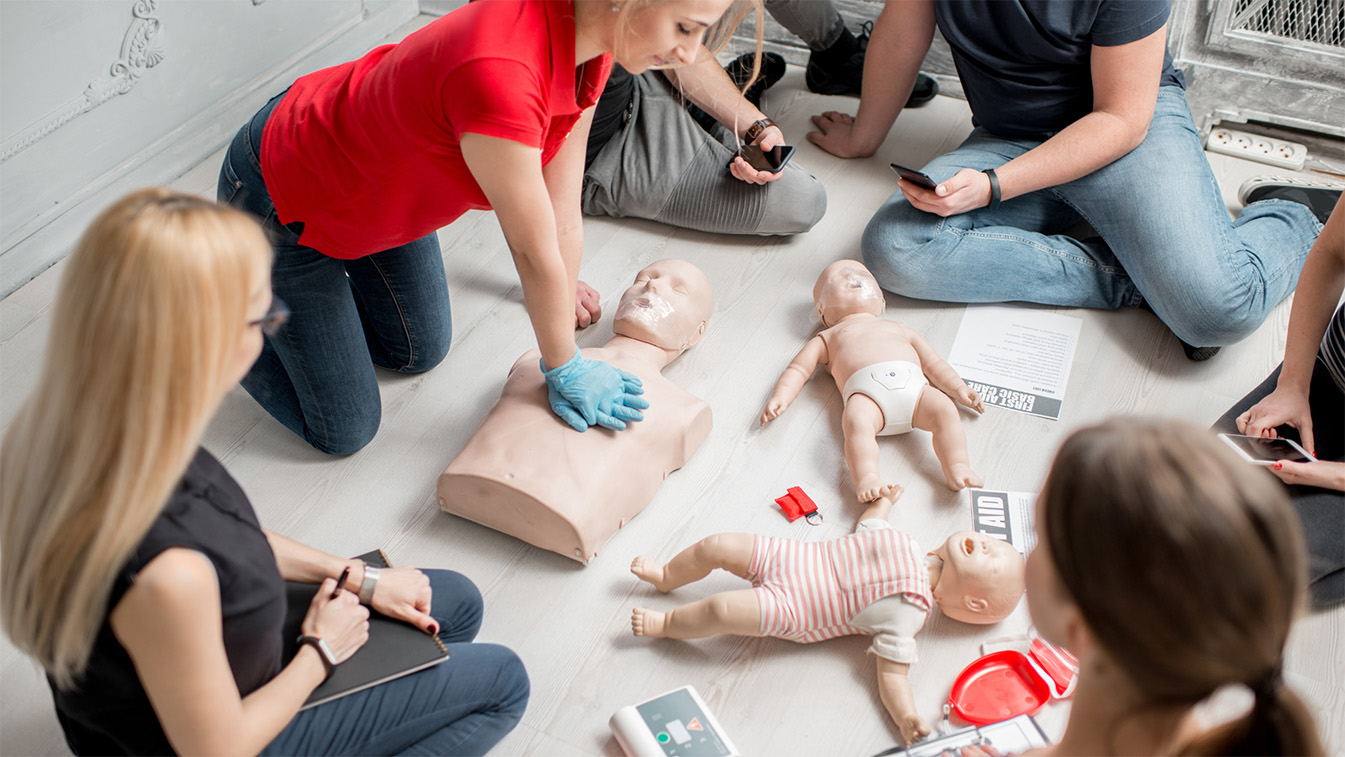Home / News / Manual Handling Safety at Work
Manual Handling Safety at Work
Whether you work in a warehouse, on a construction site, or in an office setting, manual handling will likely play a role in your everyday tasks, which can often appear harmless. However, when moving or lifting heavy objects incorrectly, it can pose a serious risk of injury, catching many people off guard.
As a result, every year the HSE consistently reports handling, lifting and carrying as the second most common cause of injury, accounting for approximately 15-20% of non-fatal injuries. Emphasising the need for strong manual handling procedures in the workplace.

What is Manual Handling?
Manual handling refers to any activity that involves transporting or supporting an object by hand or force. This includes lifting, lowering, pushing, pulling, or carrying items – making anything from moving a box of supplies to shifting machinery components included, regardless of the action being aided or not.
In manufacturing and construction roles, this is particularly present with loads often being heavy and irregularly shaped. Whilst in office environments, the risk is often presented through repetitive lifting or carrying, potentially causing injury over time.
The most common risks associated with manual handling include:
- Long-term injuries – from repeated poor lifting techniques.
- Muscle strains and sprains – often caused by repetition or awkward movements.
- Fractures or dislocations – from slips and falls, or through dropping heavy loads.
How to Improve Your Manual Handling Safety
As it’s often the case, the best way to prevent heavy lifting injuries is by avoiding the task entirely. However, this becomes unavoidable with necessary tasks. But whilst not every lift can be avoided, many injuries are preventable by following safe working practices. Introducing the correct training to staff, avoiding repetitive tasks when fatigued and minimising the need for manual handling where possible, with the correct aids provided when they are needed.
But for your necessary tasks, here’s what’s recommended to mitigate the hazards and improve your manual handling safety:

1. Assess the Situation
When the situation arises, the first and most crucial step is to take a moment to assess the task. Looking for any way to simplify the movement and reduce the associated risks. That could mean splitting up the objects to reduce the weight and size or considering the shape of the load to make it easier to handle.
During this step, you should also be identifying any potential hazards, from uneven floors & wet surfaces to obstacles in your path that could make moving the object unsafe. Here you should also consider if you are confident in moving the load safely, particularly if it is heavy, you should look for assistance either mechanically or from another staff member.
2. Preparing Ahead
With the risks identified, planning out your route and getting any aids is the next key step to safe manual handling. For your longer routes, check your route in advance, removing any trip hazards and avoiding any slippery or busy walkways, whilst making sure there is adequate lighting throughout. Make sure you know exactly where you are going and that the destination is ready and clear.
Then, if it’s necessary, gather any lifting aids you might require, from trolleys to straps and ask for the help of a colleague if the load is particularly heavy, awkward, or unevenly balanced. Breaking down any heavy or bulky items into smaller loads where possible, as multiple lighter trips help to reduce the chance of injury.

3. Completing the Lift Safely
Now with all the preparation in place, carry out your plan in the safest way possible. Putting to use any mechanical aids to minimise stress through manual force. If lifting by hand, keep the load close to your body’s centre of gravity, maintaining a straight back by bending at the knees. Being sure to keep a strong grip, adjusting it if needed, avoiding any twisting while you are carrying the object.
Here, it is also important to keep holding time to a minimum, sticking to your planned route to get there safely and quickly, regularly setting the load down if you need to rest.
Conclusion
The cost of manual handling injuries can go much further than just a few lost working days. Posing a threat to your organisation’s safety and causing long-term health problems. So be sure to invest in the relevant training of your staff and encourage the use of ergonomic lifting aids to keep your staff safe and aware of the risks. Further helping to build a positive safety culture in your organisation to maintain a safer workplace and upkeep your manual handling safety.




